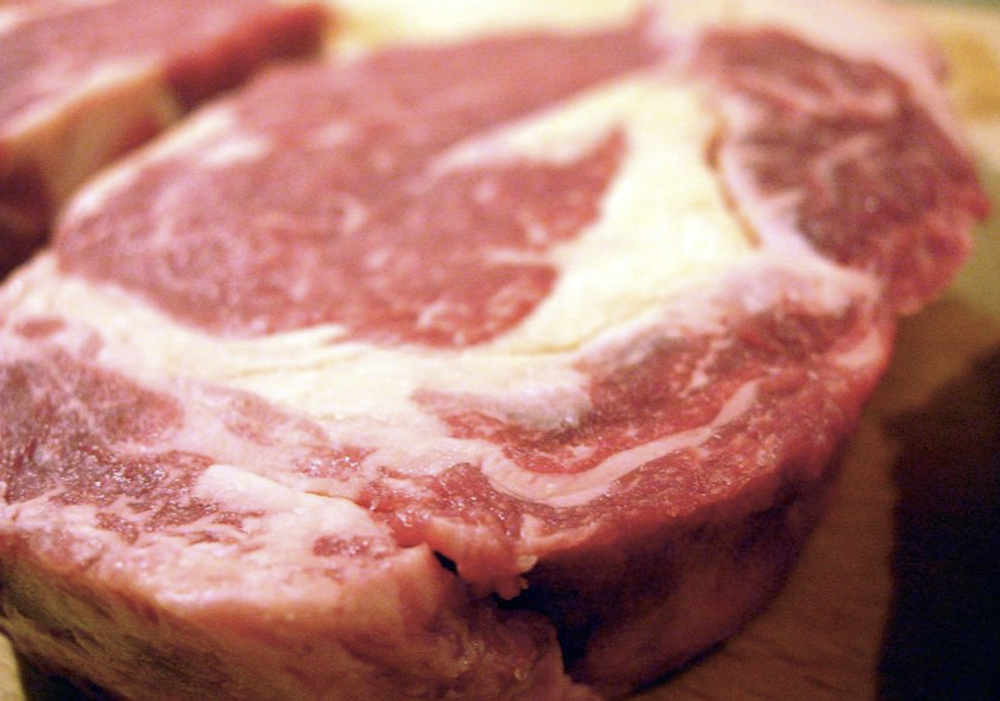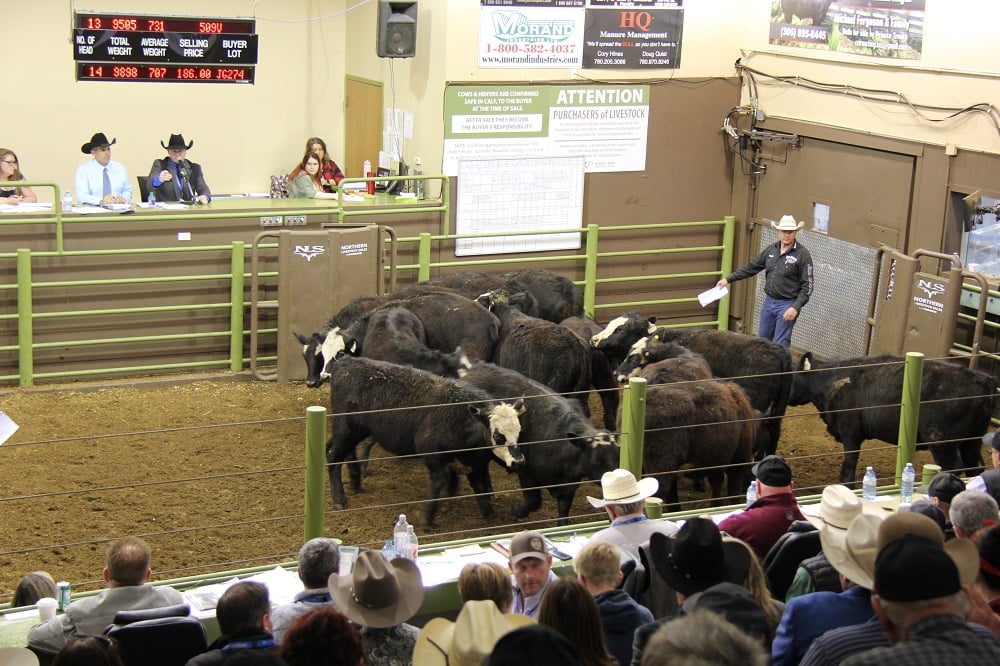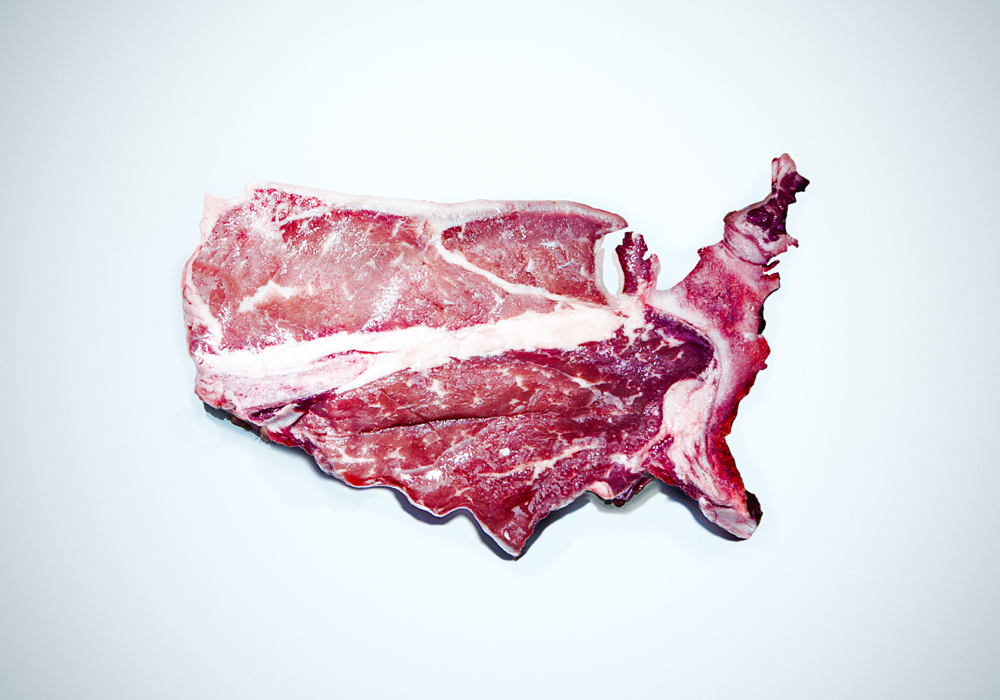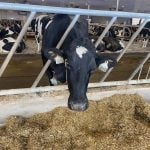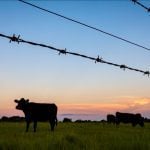Saudi Arabia is the largest country of member states in the Gulf Cooperation Council with a growing population of over 36 million and has the fifth highest population among Middle Eastern nations. It has the 18th largest GDP in the world at over USD $1 trillion and is the largest in the region.
The overall inflation rate remained steady at 2.7 per cent in April as prices of food and transportation softened. Food inflation is expected to further ease to 1.2 per cent by the end of Q2.
Poultry is the most consumed meat followed by lamb. Beef consumption, however, is predicted to be the fastest-growing meat category over the next years. The average beef price per kg. May 2023 was USD $9.59, relatively low compared to the avg. price of all 76 countries surveyed of USD $14.30/kg.
Read Also
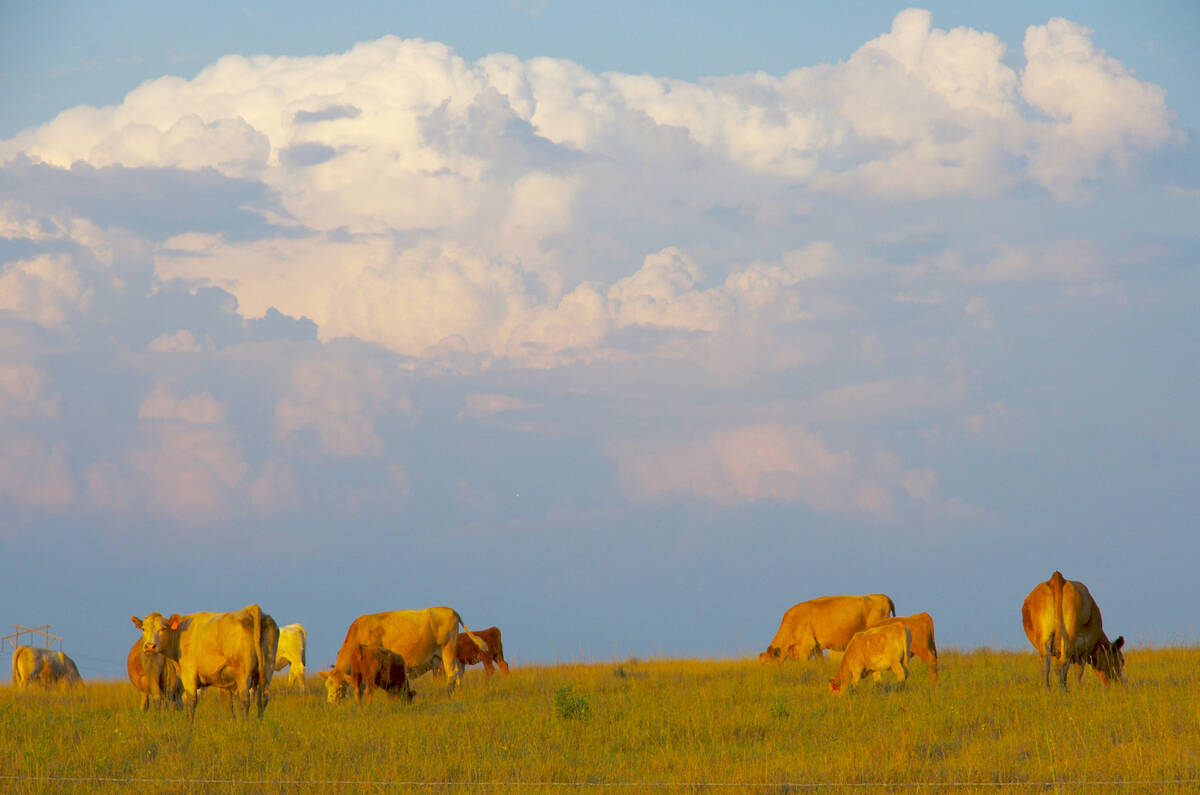
Canadian Beef Check-Off Agency reports on investments and activities
The check-off agency’s work behind the scenes is what ensures cattle check-off dollars are invested wisely, accounted for transparently and deliver measurable value back to producers and importers.
Imports and distribution
Imports account for about two-thirds of the country’s total beef consumption with Brazil and Australia being the two largest suppliers dominating the market. Indian buffalo meat also has a strong market share.
In 2022 Saudi Arabia imported 2,108 MT of Canadian beef valued at CAD $40.7 million, the ninth largest export market in volume and seventh in value. This was up 139 per cent in volume and 261 per cent in value vs. the previous year. As of April 2023, Canadian beef imports were down 52 per cent in value and 28 per cent in volume.
Canada can presently export only under-30-month boneless beef cuts and only one packer is approved to export to the market. Negotiations are ongoing regarding improved market access and additional Canadian beef plant approvals.
As there is good demand for Canadian beef in the market it is expected that Canadian beef exports to Saudi Arabia will grow further once the current regulatory and market access issues are resolved.
Packaged food sales grow in retail sector
A growing population and economy as well as increasing GDP per capita and disposable incomes will contribute to strong growth in the food and grocery retail sector. Traditional food retailers are losing ground to hyper and supermarkets as demand for packaged food increases and these formats can implement more aggressive pricing models, pricing out smaller retailers. Sales of packaged foods are expected to increase by 21.1 per cent by 2026.
Beef products are among some of the best retail growth prospects for Saudi consumers. Due to its high cost, Canadian beef is not commonly sold at retail outlets in the country.

Foodservice sector recovering
Saudi Arabia has a large and resilient food service sector due to millions of religious pilgrims, foreign workers and a developing tourism industry. Also, changes to social policies and evolving lifestyles have significantly benefited this sector.
The sector experienced a sharp contraction during the pandemic, but is gradually recovering and is expected to grow annually by about five per cent from 2023-28. Dining out is a major form of entertainment due to high disposable incomes. Many people include this activity with friends and colleagues in their weekly plans. Canadian beef is most common in this sector and available at fine dining formats and luxury hotels.

